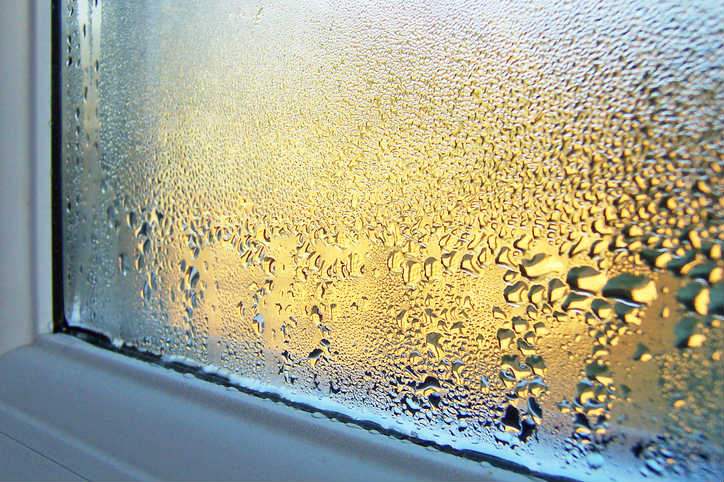How Excess Humidity Impacts Different Surfaces

Have you ever walked into your bathroom and noticed paint peeling or sat in your basement and noticed a funny smell? That could be humidity. Protecting your home from humidity may not cross your mind until you start seeing the impacts humidity can have on your home.
Humidity is caused by moisture in the air that evaporates and then consequently rises and disperses in the surrounding air to become water vapor. Warm climates tend to be more humid than cool climates because the heat causes moisture to evaporate faster.
Excess humidity impacts certain surfaces in different ways. The best way to prevent damage to your home is to use a dehumidifier, however understanding what surfaces tend to be impacted the most will help you make an informed decision on what’s best for solving your humidity problems.
Electronics
Its no secret that if you dropped a TV or laptop into a pool it wouldn’t work anymore. However, exposure to humidity over time can slowly corrode electronics. Avoid keeping them in your garage or basement and allow them to adjust to the climate in your home before use if you bring them inside.
Wooden Surfaces
A natural characteristic of wood is its ability to expand and contract while adjusting to changes in the climate. Both finished and unfished wood can be susceptible to the impacts of humidity. Finished wood, like that which is installed in kitchen cabinetry or as flooring, acts as a barrier to slow down the absorption and release of moisture. However, over time excess moisture can cause wood warp, twist, bow, and even change the size of the wood.
Tiled Surfaces
Tiles are usually used in spaces that see a lot of water use such as near pools or in bathrooms. For the most part, water sits and simply dries on the tile. However, mold and mildew can build up over time if the tile isn’t dried quickly. Additionally, if the tile isn’t properly sealed, water can drain in between tiles and cause damage to the floor underneath.
Metal Surfaces
Rusting naturally occurs on many metal surfaces (particularly iron and steel) when oxygen and water are both present. This corrosion can occur in areas of your home that are comprised of metal and have been exposed to both of those elements over time. Depending on what the object is, it can cause it to break down or even drip rusty water causing stains.
Drywall and Paint
In particularly moist areas of your home, you may notice condensation forming on the walls during certain times of the day. Over time, this moisture will settle into your walls causing the paint to crack or peel and potentially even damaging the actual wooden structure the drywall is attached to. Mold and mildew growth along with odors stemming from it are also common.
What Can You Do?
If there’s no damage done to your home, you can try using a dehumidifier to remove excess humidity and maintain the appropriate humidity levels recommended by the manufacturer. If you suspect damage, its better to be safe than sorry and have a professional come and assess the problem.




